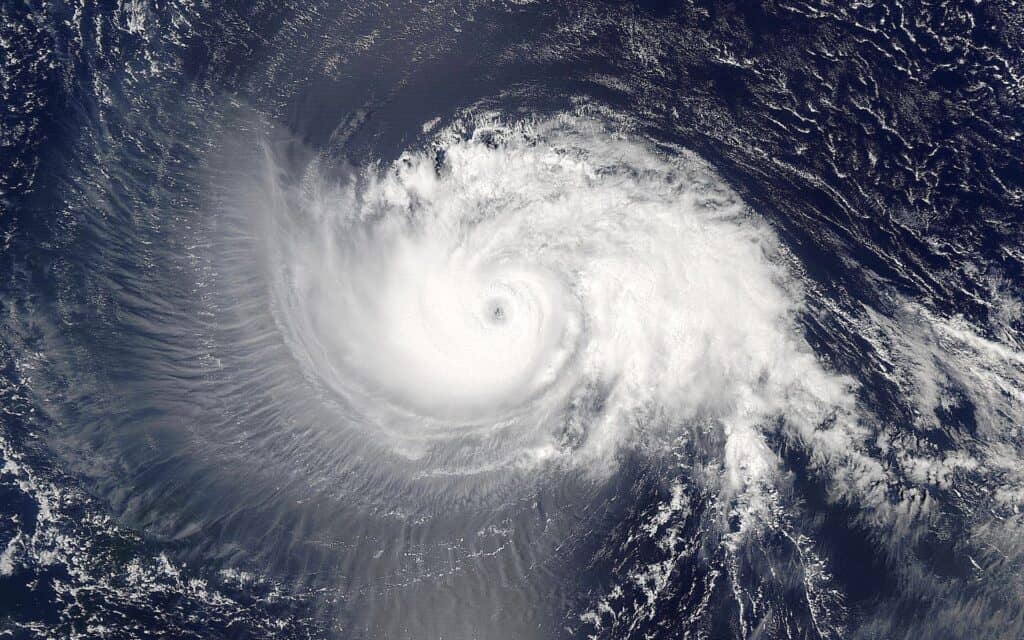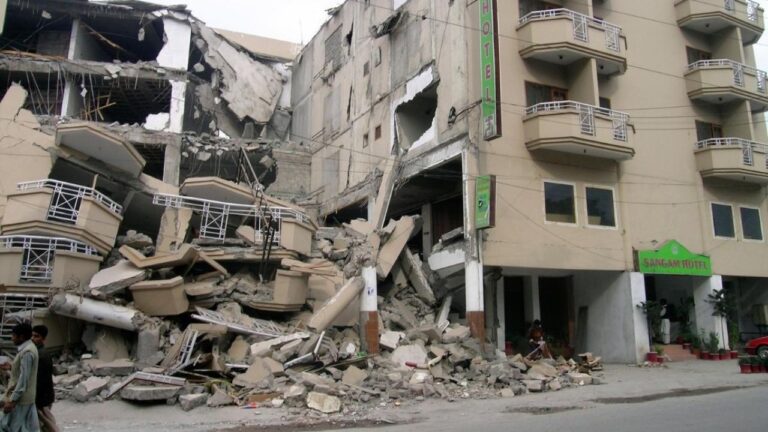
Cyclone-Biparjoy
Intensifying into a monster storm, Cyclone Biparjoy continues its path towards northwest India and southern Pakistan, triggering a sense of urgency among authorities and residents alike. With wind speeds reaching a menacing 200 km/h, forecasters have raised alarm bells, predicting severe damage to infrastructure and the potential for devastating storm surges.
The evacuation efforts have escalated, with the number of displaced individuals climbing to over 250,000 as the cyclone draws nearer. Communities in vulnerable coastal areas are being prioritized, with officials working tirelessly to ensure their safety. However, challenges persist as the storm’s rapid development has caught many off guard, leaving limited time for preparations.

Meteorological agencies have issued red alerts, urging residents to take immediate action to secure their homes and possessions. The looming threat of widespread power outages and disruptions to communication networks has prompted authorities to establish emergency response centres equipped with backup generators and satellite communication systems.
The impact on agriculture is also a grave concern. The region’s fertile lands, crucial for the livelihoods of many, face the risk of extensive damage to crops. Farmers, already reeling from the economic strains of previous natural disasters, anxiously hope for the storm to subside before causing irreparable harm.

The vulnerability of coastal communities extends beyond the immediate impact of the cyclone. Rising sea levels and coastal erosion, exacerbated by climate change, have amplified the long-term risks faced by these regions. The need for resilient infrastructure and sustainable coastal management has never been more apparent, as experts emphasize the importance of adapting to the changing climate patterns.
International aid organizations and neighbouring countries have extended their support in the face of this natural catastrophe. Humanitarian assistance, including emergency supplies, medical aid, and food provisions, is being mobilized to aid the affected regions. Coordination efforts between governments, relief agencies, and local communities are in full swing, as they come together to confront the challenges posed by Cyclone Biparjoy.

Amid the chaos and uncertainty, stories of resilience and solidarity emerge. Volunteers and community organizations have rallied together, providing shelter, assistance, and solace to those in need. Acts of bravery and selflessness shine through the dark clouds, showcasing the indomitable spirit of humanity in the face of adversity.
As the hours tick away, anxieties mount, and the region braces itself for the full force of Cyclone Biparjoy. The impending landfall serves as a stark reminder of the relentless power of nature, urging communities to unite, support one another, and rebuild stronger in the aftermath. The road to recovery may be long and arduous, but with unwavering determination and collective resilience, the affected regions will rise again, fortified against future storms that may come their way.
Learn More: Click Here






